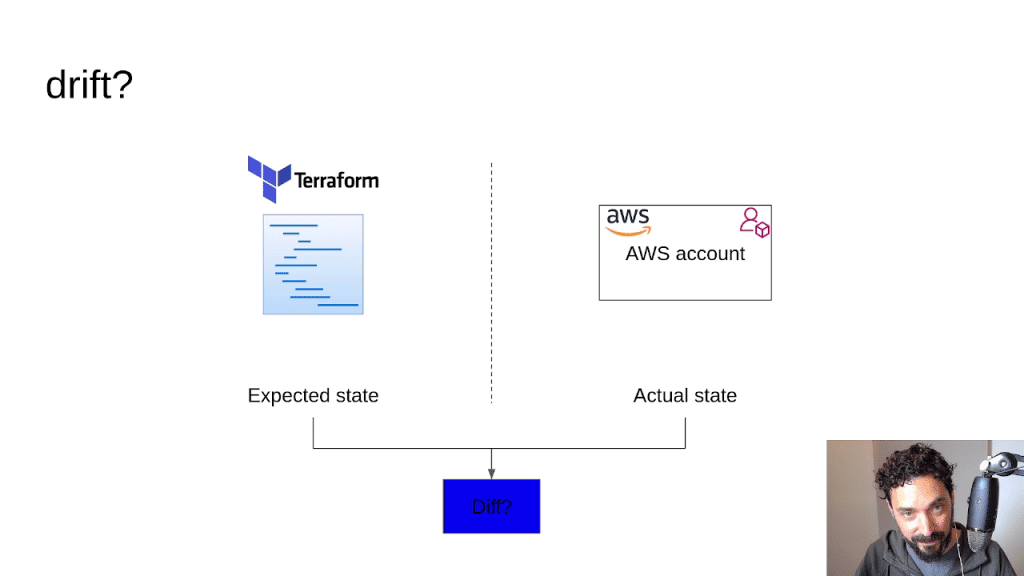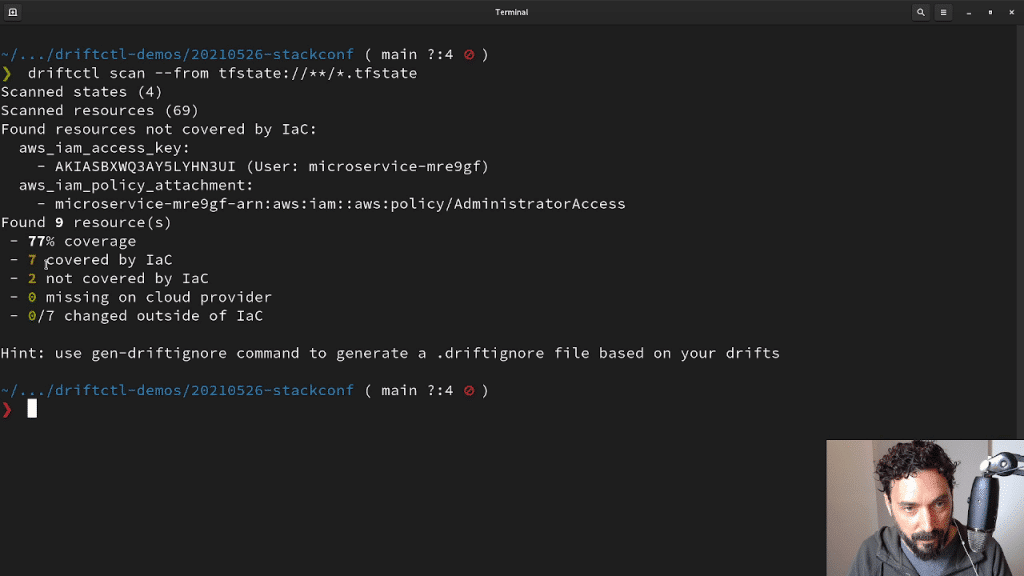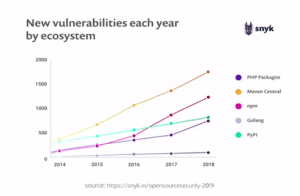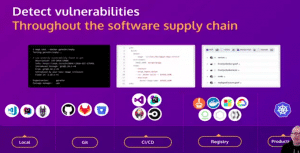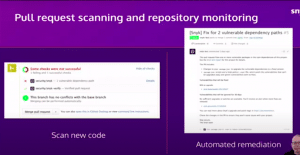This year’s stackconf is over and was a big success. The three-day conference this summer was all about open source infrastructures where trendsetting concepts, state-of-the-art technical expertise, top-level discussions and new perspectives have shaped the event.
Besides our 30 amazing experts sessions we were also excited about the large amount of participants from all over the world. Our audience included renowned infrastructure spezialists, industry leaders, experienced administrators and IT architects as well as a wild bunch of open source community enthusiasts.
For all of you who couldn’t join the Open Source Infrastructure Conference I’ve something awesome today. Nicolas Fränkel was one of our speakers and talked about „Pragmatic App Migration to the Cloud: Quarkus, Kotlin, Hazelcast and GraalVM in action“. In his talk, he created a simple URL shortener with a „standard“ stack: Kotlin, JAX-RS and Hazelcast. With the help of Quarkus and GraalVM, he turned this application into a native executable with all Cloud/Container related work has been moved to build the process. Doesn’t that sound exciting? Enjoy his lecture!
stackconf 2022 will take place in Berlin. We are already looking forward to meeting you all again in person next year. The exact date of the event will be announced soon.
If you want to learn more about infrastructure solutions in advance always keep in mind that there’s our archive where you can find all slides and videos of every stackconf speaker.

